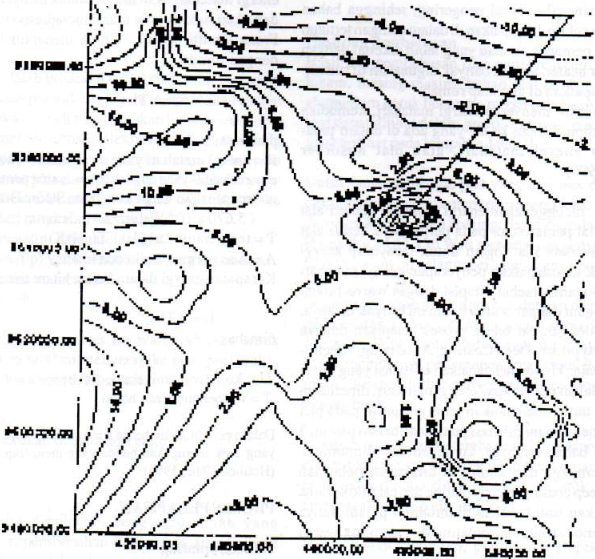Hilbert transform method for analyzing fault geometric structure from gravity data
DOI:
https://doi.org/10.31258/jkfi.1.2.29-33Keywords:
Structure, fault geometry, Hilbert transformAbstract
Method testing on synthetic fault data has shown the accuracy of the method for vertical faults. For synthetic vertical fault tests, it turns out that differences in density contrast cause a decrease in accuracy in the parameters h and z, where the decrease is from 0.3% to 0.35% for h and 0.125% for z. The method also shows accuracy for oblique faults, especially for the fault angle, both at the upper depth and density contrast. But it is less good at estimating the lower depth of oblique faults. Application of the method to the Bengkulu sheet residual anomaly field data provides an estimate of the upper depth of the fault of 9.612 km, a density contrast of 0.237 grams/cm3, a fault angle of 124.5 degrees and a lower depth of 393.3 km.



















